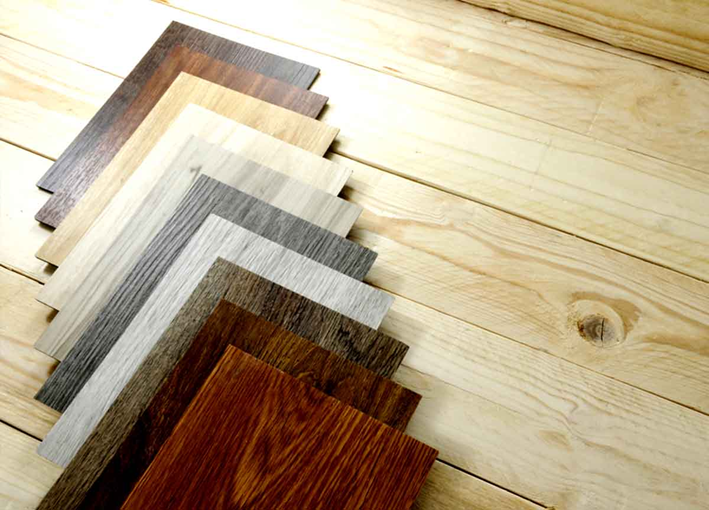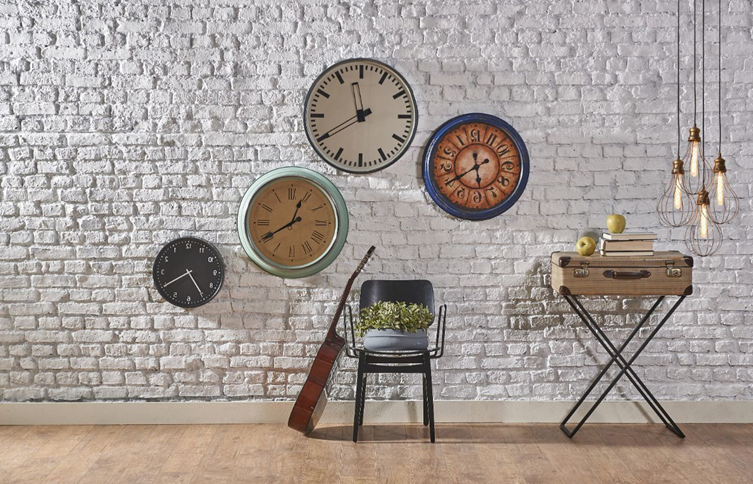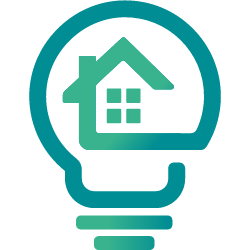Introduction
Mastering the art of design and purchase is crucial for achieving successful projects. In this comprehensive guide, we will delve into the essential aspects of design and purchasing, providing you with valuable insights and practical tips. By following this guide, you will gain the knowledge and skills necessary to navigate the design process, conduct effective product research, make informed purchasing decisions, and manage your budget and timelines. Let’s embark on this journey to empower you with the tools to bring your design vision to life.
Planning Your Design
Brainstorming and Conceptualizing: Generating and refining design ideas is an exhilarating process that requires both creativity and structure. Begin by sketching rough concepts, creating mood boards, and utilizing digital tools to visualize your ideas. This allows you to explore different directions and gradually refine your design vision.
Defining Goals, Style, and Functionality: Before diving into the design process, it’s important to define your project’s goals, establish your preferred design style, and consider the functional requirements. Clearly articulating these elements will help guide your decision-making process, ensuring your design aligns with your objectives while reflecting your personal taste and lifestyle needs.

Researching and Selecting Products
Conducting Thorough Product Research: Comprehensive product research is essential for finding the best-suited items for your project. Start by exploring reputable sources, such as design magazines, websites, and blogs, to gain inspiration and discover new trends. Additionally, leverage online platforms that offer user reviews, ratings, and detailed product information to make informed choices.
Factors to Consider: As you navigate through the myriad of products available, it’s important to consider several factors. Evaluate the quality and durability of products, ensuring they can withstand the demands of everyday use. Consider the sustainability aspect as well, opting for eco-friendly materials and products whenever possible. Moreover, assess the compatibility of products with existing elements in your space to create a cohesive and harmonious design.

Making Informed Purchasing Decisions
Comparing Prices, Quality, and Customer Reviews: Finding the right balance between price and quality is crucial when making purchasing decisions. Compare prices from different retailers and manufacturers, keeping in mind that cheaper options may compromise on quality. Additionally, delve into customer reviews to gain insights into the product’s performance, durability, and customer satisfaction. Balancing cost and quality ensures that your purchases align with your expectations and deliver long-term value.
Evaluating Warranties, Return Policies, and Customer Support: Protect your investment by carefully evaluating warranties, return policies, and customer support offered by manufacturers and retailers. A reliable warranty provides peace of mind, while a flexible return policy ensures you have recourse if the product doesn’t meet your expectations. Additionally, responsive and helpful customer support can be invaluable when addressing any concerns or issues that may arise during the purchasing process. One particular example is the great warranty options that the Togo Sofa (Check it out over here btw https://thearchitecturedesigns.com/iconic-togo-sofa-and-ducaroy-chair/) by Manhattan home designs. Out of this world!
Managing Budget and Timelines
Budgeting Tips for Design and Purchase Phases: Design projects often come with budgetary constraints. Start by setting a realistic budget and allocating funds to different aspects of the project, such as furniture, lighting, and decor. Research cost-saving strategies, such as repurposing existing items or exploring affordable alternatives that don’t compromise on quality. Additionally, prioritize your spending based on the importance and impact of each item, allowing you to allocate resources effectively.
Strategies for Managing Timelines and Project Milestones: Effective time management is essential to ensure your project stays on track. Break down the project into smaller milestones and create a timeline that outlines the tasks, deadlines, and dependencies. Regularly review and adjust the timeline as necessary to accommodate unexpected delays or changes. Effective communication and coordination with suppliers, contractors, and professionals involved in the project are also crucial to maintain a smooth workflow.

Conclusion
Mastering design and purchase is essential for achieving successful outcomes in your projects. By following the comprehensive guide we have provided, you now have the tools and knowledge to plan your design effectively, conduct thorough product research, make informed purchasing decisions, and manage your budget and timelines. With this newfound expertise, you can confidently embark on your design journey and turn your vision into reality.
Remember, the key lies in careful planning, informed decision-making, and continuous learning as you refine your skills as a design and purchasing master. Embrace the creative process, stay organized, and enjoy the transformation of your space into a reflection of your unique style and personality.

Leave a Reply